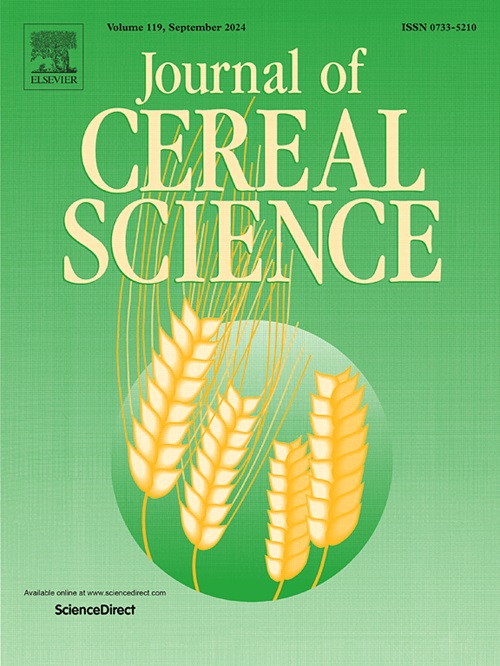Influence of electron beam irradiation on storage stability and sensory properties of brown rice
IF 3.9
2区 农林科学
Q2 FOOD SCIENCE & TECHNOLOGY
引用次数: 0
Abstract
Brown rice is a caryopsis produced after husking of rice, containing various nutrients and functional factors, but its quality is more likely to deteriorate during storage. Thus, in this article, the impact of various irradiation doses of electron beam irradiation (EBI) on storage stability and sensory properties of brown rice were studied. The results indicated that no significant alteration in the moisture content of brown rice after low-dose EBI treatment (p > 0.05). During storage, the lipase activity, as well as the growth rate of fatty acid value of irradiated brown rice decreased. Furthermore, the propagation rate of viable bacteria in brown rice was inhibited after irradiated. Meanwhile, compared with non-irradiated brown rice, the yellowness index and amylose content of irradiated brown rice increased slowly with the prolongation of storage time. Furthermore, both the catalase activity value and germination capacity of brown rice decreased, ultimately resulting in the loss of germination capacity for all samples after 180 days of storage. Low-dose EBI treatment has the potential to postpone the decline in brown rice quality and preserve its sensory attributes. The findings will provide a new technical route for improving grain storage quality and prolonging storage period.

求助全文
约1分钟内获得全文
求助全文
来源期刊

Journal of Cereal Science
工程技术-食品科技
CiteScore
7.80
自引率
2.60%
发文量
163
审稿时长
38 days
期刊介绍:
The Journal of Cereal Science was established in 1983 to provide an International forum for the publication of original research papers of high standing covering all aspects of cereal science related to the functional and nutritional quality of cereal grains (true cereals - members of the Poaceae family and starchy pseudocereals - members of the Amaranthaceae, Chenopodiaceae and Polygonaceae families) and their products, in relation to the cereals used. The journal also publishes concise and critical review articles appraising the status and future directions of specific areas of cereal science and short communications that present news of important advances in research. The journal aims at topicality and at providing comprehensive coverage of progress in the field.
 求助内容:
求助内容: 应助结果提醒方式:
应助结果提醒方式:


